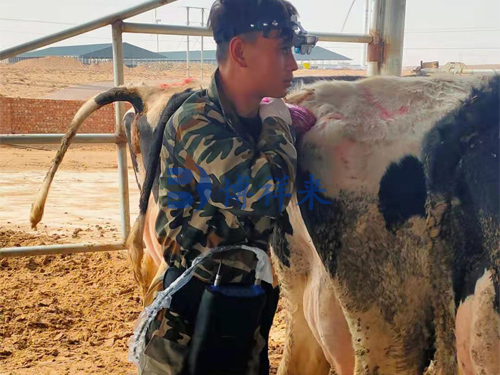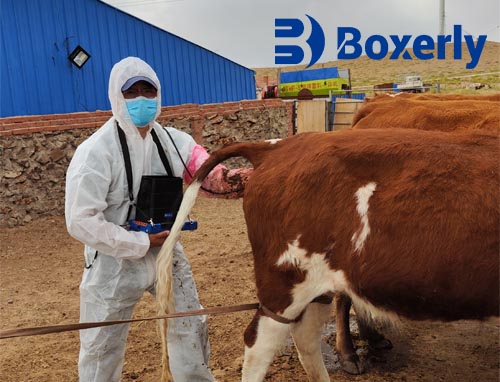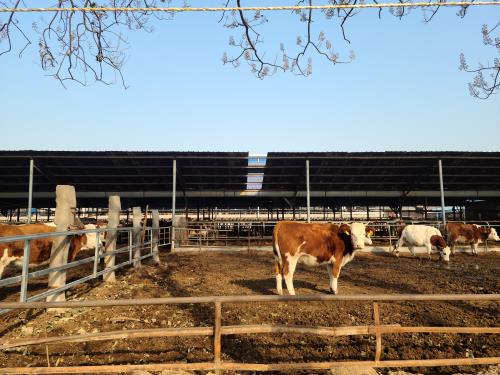According to morphological standards, the corpus luteum of dairy cows is divided into 3 stages, young corpus luteum (0-4 days), middle-aged corpus luteum (5-16 days), and elderly corpus luteum (17-21 days). It is used for middle-aged corpus luteum. The detection sensitivity and predictability of B-ultrasound were 80.6% and 85.3%, respectively, while the sensitivity and predictability of rectal examination were 83.3% and 73.2%. For young and middle-aged corpus luteum, rectal examinations are both inaccurate, but B-ultrasound for cattle can detect the corpus luteum quickly, and direct and accurate is an ideal method.

During rectal examination, the corpus luteum on one side (sometimes on both sides) of the ovary protrudes from the surface of the ovary, and it has an elastic fleshy texture. Some corpus luteum is mushroom-shaped, 7-10 days apart, after two inspections, the same size of the corpus luteum can be felt in the same part of the ovary. The cause of this disease is the same as that of the corpus luteum of pregnancy, so it should be differentiated. For cows that are not in heat at the time of estrus, a rectal examination should be performed at intervals of 5-7 days for 2-3 consecutive times. If there is no change in the size, position, shape and quality of the corpus luteum and no pregnancy in the uterus, the diagnosis can be confirmed. Long lasting corpus luteum. In order to distinguish it from the corpus luteum of pregnancy, the uterus must be carefully palpated. Sick animals with persistent corpus luteum often have inflammatory changes in the uterus of unpregnant animals.
The application of B-ultrasound for cattle can diagnose persistent corpus luteum. Normal corpus luteum ultrasound shows a uniform medium echo or weak echo; the pregnant corpus luteum shows a relatively uniform and strong echo, and the boundary between the echo of the surrounding uneven ovarian stroma is obvious; The echo structure of the corpus luteum in different stages of the cycle is different; the corpus luteum formed after ovulation can be observed by ultrasound one day later, and its echo is weak. The corpus luteum is present on the same ovarian site for 7-10 days or longer, showing clear contours of the sonogram and surrounding tissues, and the corpus luteum is uneven and highly echogenic.







